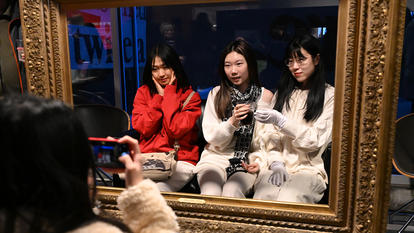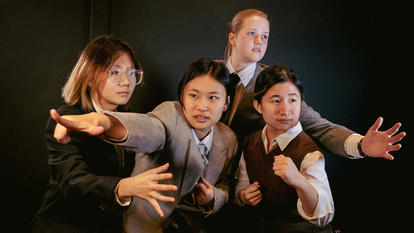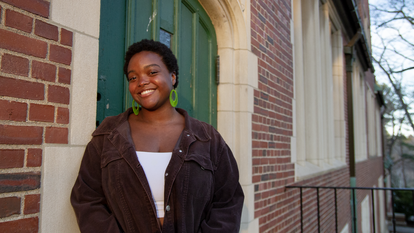Art Professor Calls for Met to Appoint a Female Director in New York Times Op-Ed

Liza Oliver, an assistant professor of art at Wellesley, wrote an op-ed for the New York Times in which she made the case that the next leader of the New York City’s Metropolitan Museum of Art should be a woman, the first in its 147-year history. Oliver wrote that as a faculty member at Wellesley—“a leading liberal arts college driven by female leadership broadly and by African-American women particularly”—she “can attest that there is no shortage of women who would be up for the task of director from both within and beyond the Met’s walls.”
“When arguing for a female director at the Met, I think the initial reaction of some may be to ask, ‘Shouldn’t we be hiring on the basis of qualifications and not gender?’ I couldn’t agree more, and that’s the point,” Oliver said in an email. “If boards were hiring on the basis of qualifications alone, without gender playing any role in the decision process, women would have already held directorships in the country’s top museum multiple times over.” In her op-ed, she explained that more women than men work in museums, and that more women have attained a high level of education in the field than men; the gender gap in directorships is therefore both the most apparent example of the bias in museum culture and the strongest evidence of the need to correct it. She also pointed out in the Times that the bias “sometimes extends to museums’ efforts to integrate museum education with academic art history.”
Oliver, a scholar of art history, was a fellow at the Metropolitan Museum of Art in 2014 and 2015 and has worked at many others museums, including the National Gallery of Art and the Art Institute of Chicago. These experiences have shown her “how similar [museums] were in their unabashed perpetuation of a boys’ club at the top levels, especially considering that the pool of qualified female candidates for these positions outnumbers that of men,” she said.
Oliver added that she and her students discuss gender parity in the art and museum worlds, but that her classroom is also a place where students learn to approach museums critically from a multitude of perspectives. “Since I focus on colonial India, I am also invested in teaching students to engage critically with the history of museum collecting and how it was and still is tied to uneven and exploitative power structures,” she said. “Museums are repositories of world culture, but this goes hand in hand with their having a role in histories of plunder and discrimination at a number of levels.”
As she wrote in her op-ed, “Over the past several decades, art history has become a diverse field. The country’s largest museum should lead by example and choose, or at the very least consider, a director who represents that diversity.”



